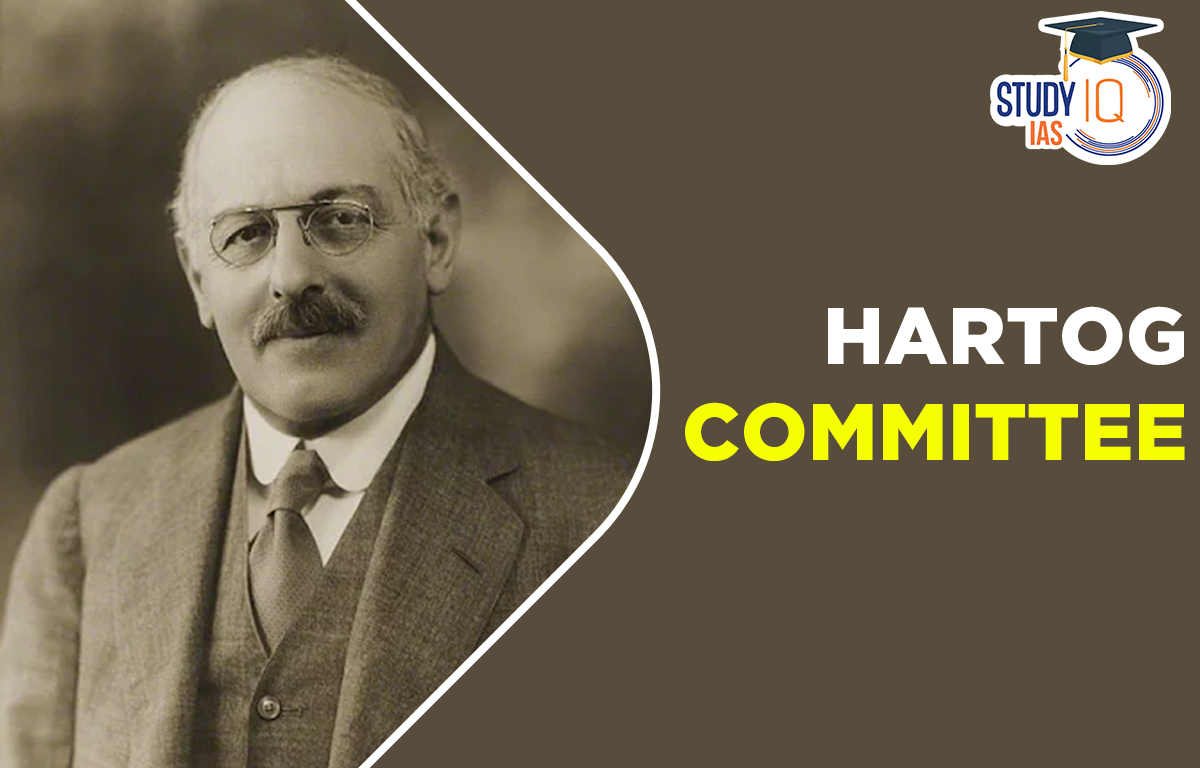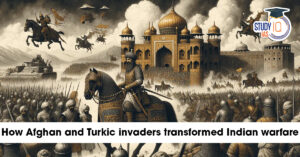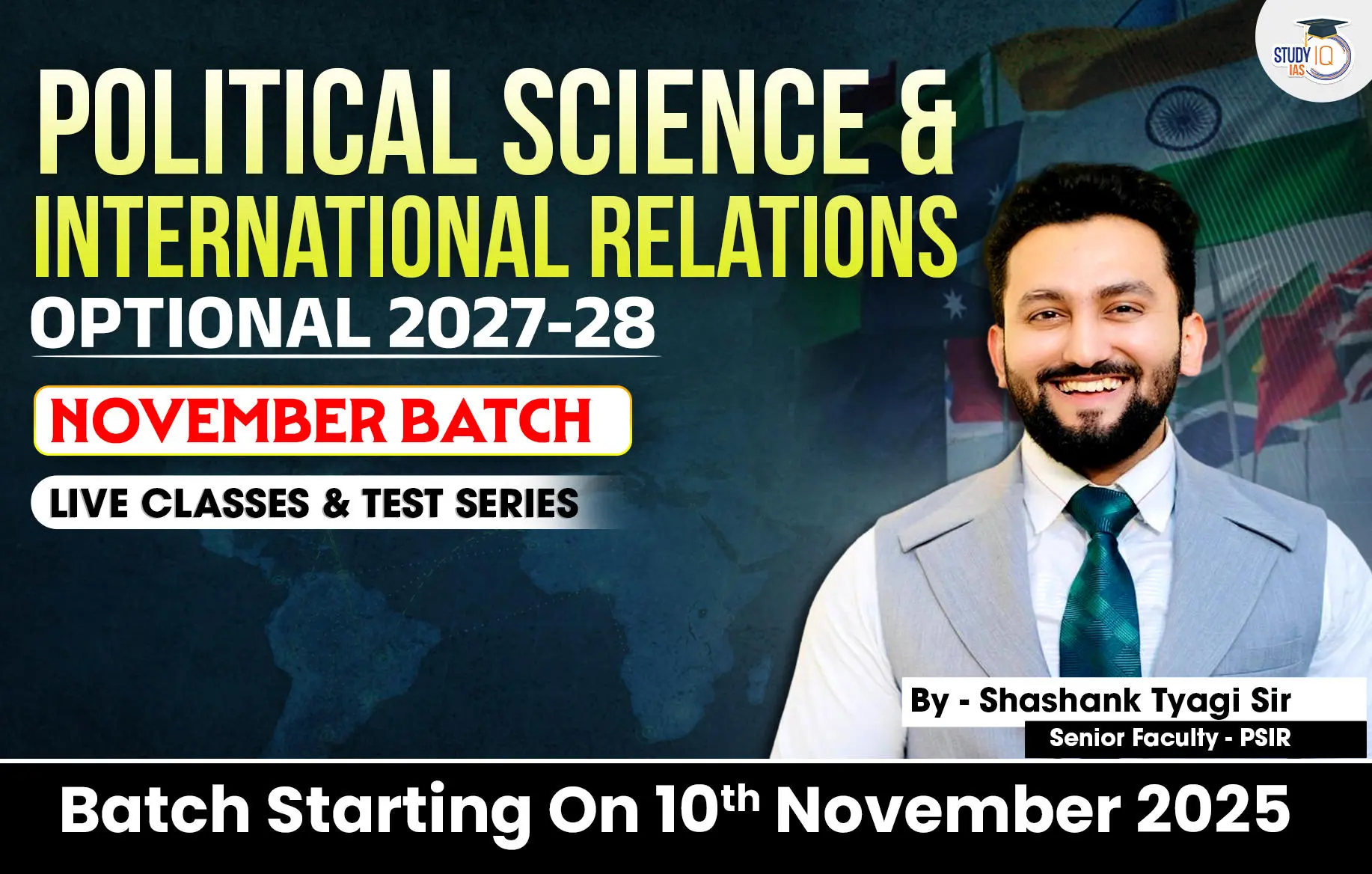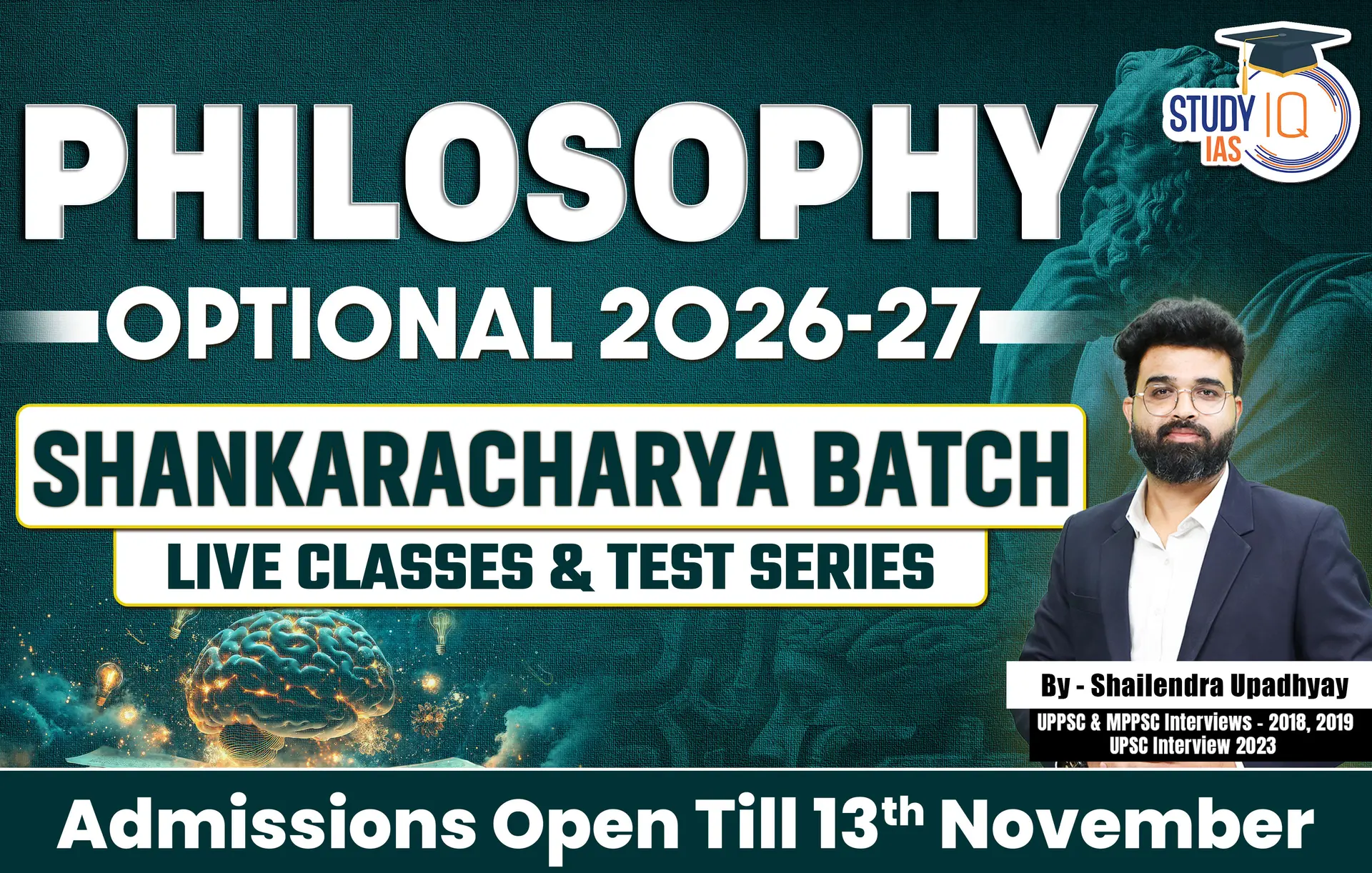Table of Contents
Hartog Committee
The Simon Commission formed the Hartog Committee in 1929 as an adjunct committee under the leadership of Phillip Hartog to provide a report on education. Education standards had fallen as a result of the expansion of schools and universities. The Hartog Committee was established to provide updates on educational progress. This article will examine the Hartog Committee (1929), which is useful for preparing for the UPSC Exam.
Read More: Wood’s Despatch
Hartog Committee History
The Hartog Committee was tasked with examining the expansion of education in British India. British chemist and educator Philip Joseph Hartog served as the meeting’s chair. Additionally, Hartog has worked for the Sadler Commission.
The Hartog Committee delivered its report in 1929. The Hartog Committee had placed greater emphasis on elementary and secondary education than on higher education. Compared to secondary and higher education, it gave mass education a lot more priority. The committee called attention to the issue of “Wastage” and “Stagnation” at the primary level because it was dissatisfied with the country’s slow increase in literacy.
Read More: Education System in British India
Hartog Committee Reason for Formation
This committee was established to look at how education has changed in British India. It gave mass education a lot more weight than secondary and postsecondary education. The country’s educational quality declined as a result of the expansion of schools and colleges. The committee was established to make suggestions for improvements to the nation’s educational system.
Hartog Committee Primary Education
1. Primary Education Findings
There were significant problems with the primary school system as it was. Primary school enrollment growth through quantitative means was insufficient; higher standards were needed. There was a great deal of wastage and inaction. Children should never be removed from a school since doing so would be a waste of time and money since the children would not have learned to read.
The main causes of the exodus of children were seasonal illnesses, agricultural failure, caste restrictions, ignorance, and poverty. Children being kept in the same classes for more than one academic year were referred to as stagnation. The kids then quit going to school as a result of this.
The majority of schools were led by a single teacher, teachers were usually under qualified, there was a scarcity of female teachers, schools regularly closed, and there was no system in place for school inspections, which were factors in the stagnation.
2. Primary Education Recommendations
Primary school oversight and inspection should fall under government jurisdiction. The length of primary education was specified at four years. The disciplines chosen should have practical relevance for the students, and the school timetable and curriculum should be suited to the environment and conditions of the community in which they are located.
Refresher courses and training programs should be made available to raise the standard of elementary school instructors. It is important to boost the frequency and effectiveness of school inspections. Primary schools ought to act as centers of community where residents of remote areas can access adult education, healthcare, and leisure activities.
Hartog Committee Secondary School Education
1. Secondary Education Findings
The fact that secondary school was heavily exam-focused and had a high failure rate for the matriculation examination was one of its shortcomings.
2. Secondary Education Recommendation
It promoted the adoption of a more varied curriculum. Because they would be able to select courses depending on their aptitude, students would profit from the introduction of alternative courses in high schools. The committee suggested including topics related to business and industry.
Hartog Committee Higher Education
1. Higher Education Findings
The committee evaluated the state of higher education even though basic education was its main focus. It found that libraries lacked necessary technology, institutions were overcrowded, and instruction was of poor quality.
2. Higher Education Recommendations
In addition to unitary and residential universities, the committee suggested creating associated institutions, improving university libraries, opening honors courses, and admitting students based on their aptitudes and abilities. The group stressed the significance of cultivating intelligent, liberal-minded people who can handle responsibility.
Hartog Committee Women’s Education
The committee proposed that equal weight be given to both boys’ and girls’ education in terms of women’s education. more girls-only primary schools Music, home science, and hygiene should all be covered in secondary school courses. Women should priorities becoming trained for teaching positions.
Hartog Committee Report
In 1929, the Committee, which had looked into several facets of education, gave the commission a report on its findings. It provided detailed advice on many different facets of Indian schooling. The Committee began by making some general observations about the state of education in India. By the time the committee made its findings, education had achieved great advancements.
The majority of people believed that education was a national priority. Increased attendance in primary schools shows that people’s lack of interest in education was waning and that social and political consciousness was expanding. There had been a sharp increase in the population of women, Muslims, and lower classes. The Committee was unhappy with the nation’s literacy rate despite the general interest in education.
These concepts served as the foundation for the Committee’s entire report. It was useful since it made an effort to determine the state of education in India. Along with various other aspects of education, it presented recommendations for elementary, secondary, and postsecondary education.
Hartog Committee UPSC
The Hartog Committee’s report helped to some extent raise the standard of primary education. On the other side, the quantitative expansion deteriorated. The secondary school system has improved. Additionally, there are more linked colleges now. The committee highlighted the issue of “Wastage” and “Stagnation” at the primary level because it was disappointed with the nation’s sluggish progress in literacy. It was indicated that dropping out of school before finishing a certain stage of study resulted in a major loss of time and resources. The Hartog Committee for the UPSC Exam is discussed in length in this article.


 Military Innovations of Afghans and Turk...
Military Innovations of Afghans and Turk...
 Self-Respect Movement, History, Objectiv...
Self-Respect Movement, History, Objectiv...
 Role of Teachers in Educations, Student ...
Role of Teachers in Educations, Student ...
























